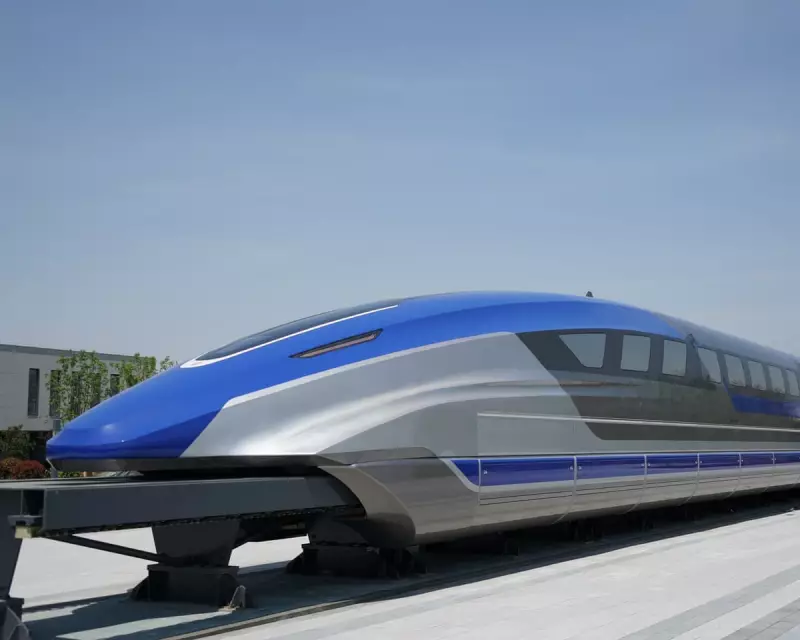
Scientists working on maglev (magnetic levitation) train technology have made a significant breakthrough that could eliminate one of the biggest obstacles to widespread adoption: the deafening 'tunnel boom' phenomenon.
When maglev trains enter tunnels at high speeds, they create powerful shock waves that produce thunderous noise levels, sometimes exceeding 100 decibels. This has been a major barrier to implementing maglev systems in populated areas.
The Sonic Barrier Broken
Research teams from several leading universities have developed an innovative approach that fundamentally changes how these shock waves propagate. Their solution involves:
- Redesigning the train's nose cone to gradually compress air
- Implementing precisely timed air vents along the tunnel walls
- Using advanced materials to absorb and redirect pressure waves
Quieter Future for High-Speed Rail
The implications of this breakthrough are profound. With the tunnel boom problem potentially solved, maglev trains could:
- Operate at even higher speeds without noise restrictions
- Be deployed in urban areas previously considered unsuitable
- Offer a more comfortable passenger experience
- Reduce environmental noise pollution
Professor Elena Rodriguez, lead researcher on the project, stated: 'This isn't just about making trains quieter - it's about unlocking the full potential of maglev technology. We're removing a fundamental limitation that's held back progress for decades.'
Next Steps for Implementation
While laboratory tests have shown remarkable success, the team is now preparing for real-world trials. The first full-scale test is scheduled for early 2026 on a dedicated test track in Germany.
Transportation experts suggest that if these trials prove successful, we could see commercial maglev systems incorporating this technology within the next decade, potentially revolutionizing intercity travel across Europe and beyond.





